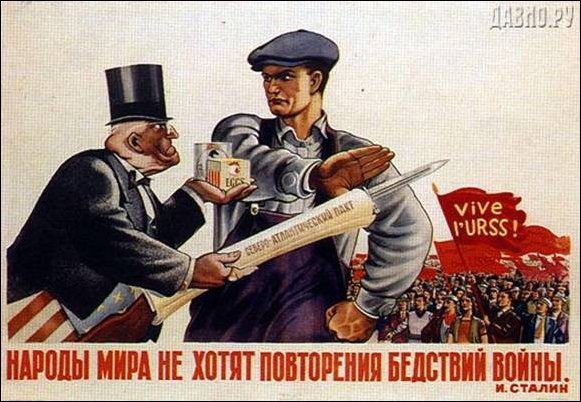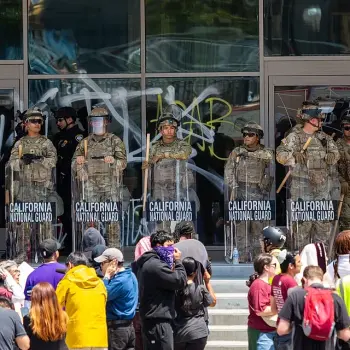She then draws on the work of Yuri Bezmenov, a former KGB officer who defected to Canada and later testified about the Soviets’ strategy for undermining the West in the Cold War. Hirsi Ali quotes his definition of subversion:
Subversion refers to a process by which the values and principles of an established system are contradicted or reversed in an attempt to sabotage the existing social order and its structures of power, authority, tradition, hierarchy, and social norms. . . .In the context of ideological subversion, subversion aims to gradually change the perception and values of a society, ultimately leading to the undermining of its existing systems and beliefs.
In the lecture that Hirsi Ali cites, Bezmenov lists four stages of subversion. I give them here along with Hirsi Ali’s commentary in italics:
- Demoralisation: This stage involves the undermining of the moral fabric of a society, eroding its values, and creating a sense of disillusionment and hopelessness among its population.
The demoralization process targets three areas of society: its ideas, its structures, and its social institutions. The targeted institutions include religion, education, media, and culture. In each realm the old ways of thinking, the old heroes, are discredited. Those who believed in them come to doubt themselves and their ability to discern reality itself. [Hirsi goes into detail about today’s discrediting of our national heroes, the “moral panic attacks masquerading as righteous activism,” the attacks on the value of human life, the distrust from all sides in our legal system, weakening the bonds of the family by “promoting narcissistic individualism over family unity, creating financial stressors that discourage family formation, acrimony between the sexes, and the replacement of parental authority with the state,” etc.]
- Destabilisation: During this stage, the subverter aims to destabilise the institutions and functions of the society, leading to a state of crisis and a breakdown of the existing social, political, and economic systems.
With demoralization now reaching its full maturity, society is increasingly paralyzed by harsh domestic turmoil across all sectors. Democratic politics take on the character of a vicious struggle for power. Factionalism takes hold. Economic relations degrade and collapse, obliterating the basis for bargaining. The social fabric frays, leading to mob rule.
- Crisis: The crisis stage involves a period of intense turmoil, where the subverter exploits the destabilisation to create widespread panic, fear, and conflict within the society.
At this stage, the process of subversion is largely self-propelled. What once required active involvement on the part of a subverter has now taken root and grows organically. Then, society ruptures all at once in a rolling series of crises as the full extent of the cancer manifests.
- Normalisation: In this final stage, the subverter seeks to normalise the previously subversive ideas and changes, making them appear acceptable and part of the new status quo, thereby solidifying the subversion.
The subversive regime takes over, installing its ideology as the law of the land. By then, the enemy has totally conquered the target society—without ever firing a shot.
Does any of that sound familiar?
So who is doing the subverting? Hirsi Ali says that it’s coming from a coalition of American cultural Marxists, radical Islamists, and the Chinese Communists.
I would say that these factions are doubtless at work. (How else to explain the huge Chinese involvement in America’s marijuana industry, a product that is illegal in China itself?) But I doubt that covertly organized subversion on a scale practiced by the Soviet Union is taking place, even though the subversion evident today is far more successful than anything Bezmenov’s KGB was able to carry out. The big difference with the Cold War is that we in the West of our own free will are subverting ourselves!
Illustration: USSR Propaganda Poster, from Kent Wang via Flickr, CC 2.0













